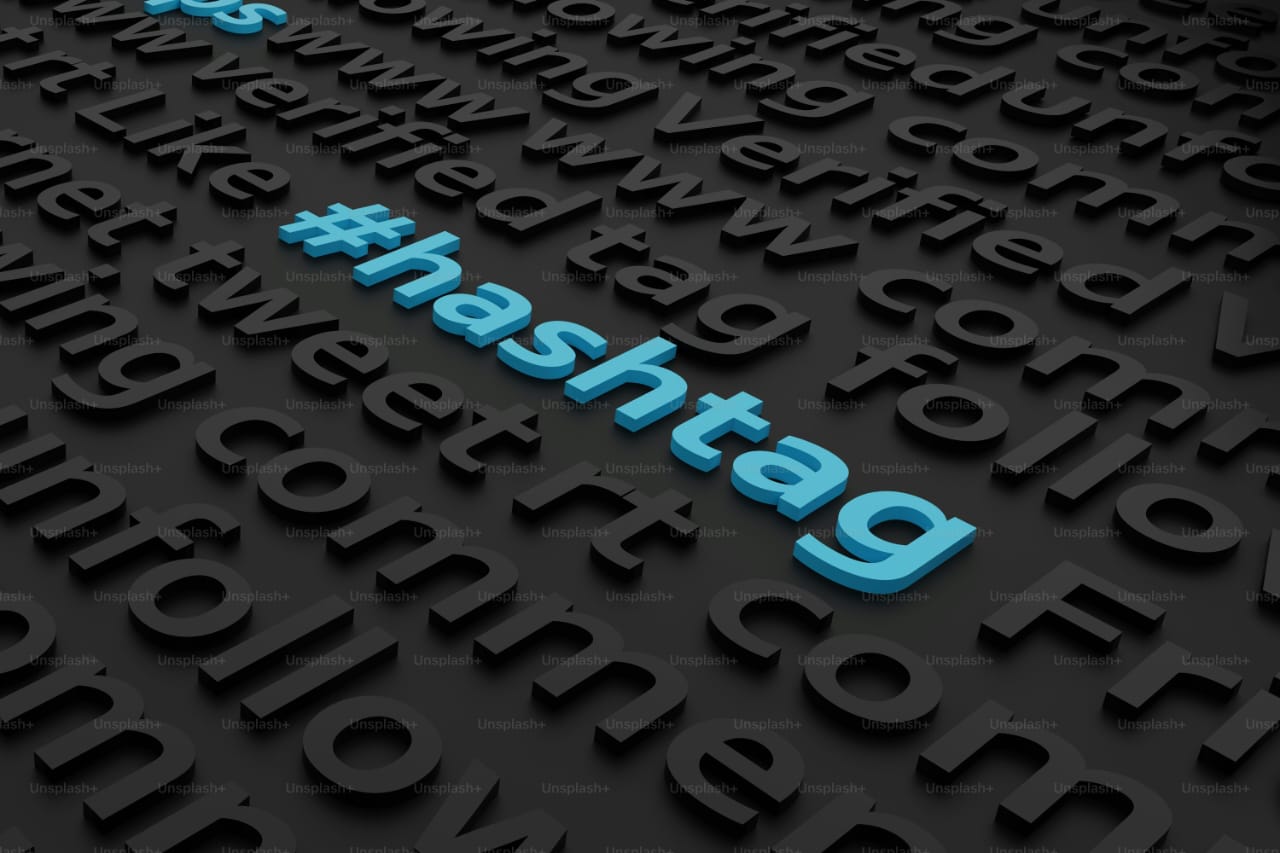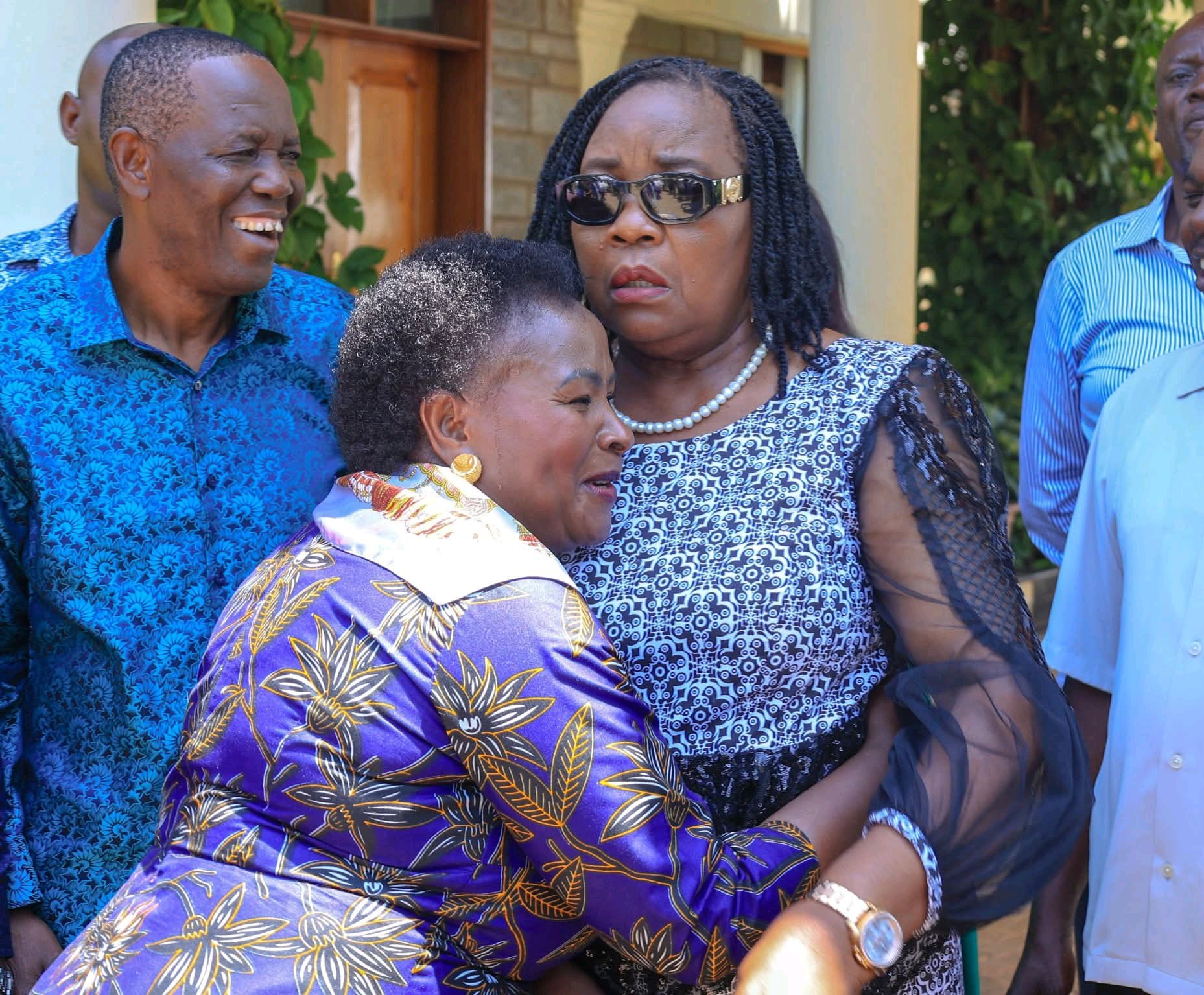Remember #BlackLivesMatter? It started with a tweet. A cry for justice after Trayvon Martin. Then George Floyd. And suddenly, the whole world was marching online and offline. Kenya included.
Our timelines turned black. Fists raised. Global brands pledged support. This outpouring of solidarity was a powerful display of social media activism. But as the hashtags trended and the posts went viral, a question emerged: do hashtags really lead to lasting change?
Now, remember #JusticeForKianjokomaBrothers? Two young Kenyan men arrested for a curfew breach. Days later, they were dead. The outrage was loud. Online protests surged. Officers were suspended. For a moment, it felt like social change was possible. But then what? Did the fire last? Do hashtags really change the system or are we just typing through the pain?
The digital space has become our new protest ground. From #EndSARS in Nigeria to #FreePalestine, hashtags move faster than any press release. In Kenya, #JusticeForJeff, #LowerFoodPrices, and #OccupyParliament have rallied thousands. We’ve made noise. We’ve trended. We’ve forced newsrooms and politicians to pay attention. But do we stay?
Social media activism has become a crucial aspect of modern-day protests and social justice movements. It allows us to mobilize support, raise awareness, and push for change in ways that were previously unimaginable. By leveraging social media platforms, activists can reach a wider audience and build momentum for their causes. For instance, the #MeToo movement, which started as a hashtag, has led to significant changes in the way we discuss and address sexual harassment and assault.
I recall the #FeesMustFall protests in Kenyan universities. Students used social media to mobilize and demand change. While the movement gained traction online, it was the offline actions – protests, demonstrations, and negotiations – that ultimately led to tangible results and lasting impact. The success of this movement can be attributed to the combination of online and offline activism, which allowed the students to reach a wider audience and build a strong, unified front.
Hashtags do a few things very well:
- They raise awareness fast about critical social issues
- They force uncomfortable conversations and spark meaningful discussions
- They hold institutions accountable (at least temporarily) and promote transparency
Because of #BLM, police reforms were proposed. Because of #Kianjokoma, justice processes were triggered. But let’s be honest – many wins are partial. Some are just PR. For example, while some companies have made public statements in support of social justice movements, few have taken concrete steps to address the underlying issues.
It’s easy to tweet. Easy to post a black square. But how many of us showed up at a vigil? Voted with reform in mind? Attended a public hearing? We’re in the era of clicktivism and it comes with risks:
- Short attention spans
- Outrage cycles
- Posts for clout, not purpose
- Loud online, silent offline
What now? We need to move from “We need change!” to “Here’s how we make change.”
- Educate yourself beyond the trend and stay informed about social issues
- Engage in your community and vote to create lasting change
- Show up for causes consistently and demonstrate sustained engagement
- Hold the fire even after the trend dies and continue to advocate for justice
The revolution may be tweeted, but it must be lived. It’s time to ask: Are we creating a movement or just making noise? Because if our activism ends at the keyboard, the system will always outlast the hashtag.
The future of social justice movements lies in our ability to translate online outrage into offline action and create meaningful change. Let’s harness the power of hashtags to spark meaningful conversations and sustained engagement.
Let’s show up, not just post. Let’s make change, not just noise. The next time we post, let’s ask: Are we creating a movement or just making noise? Because if our activism ends at the keyboard, the system will always outlast the hashtag.



